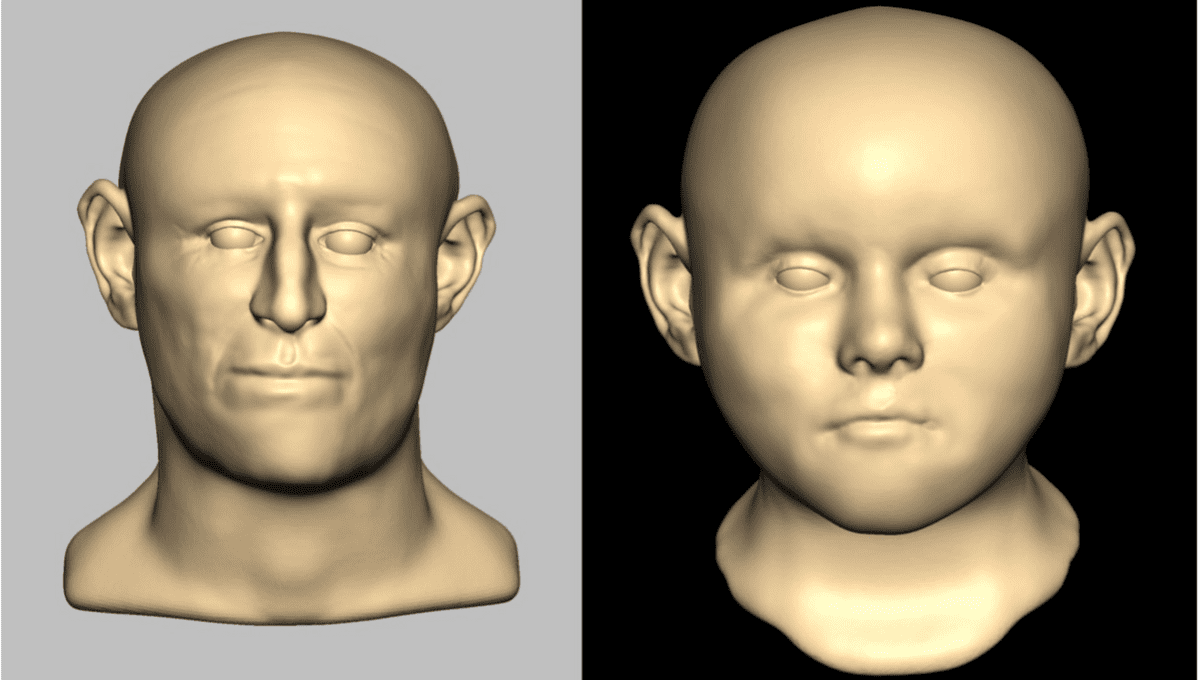
Scientists have used DNA from bones found in Norwich to not only reconstruct who they came from and how they probably came to be there, but to change the thinking on an important event for understanding human genetics. Ironically, the researchers were only able to get the results they did because when they started, they didn’t know what they were examining.
The 2004 discovery of human bodies at the bottom of a medieval well naturally attracted archaeological interest. However, with no records and little context, the chances of unraveling their story seemed slim. Nevertheless, the fact that parts of at least six adults and 11 children were mixed together hinted this was no ordinary burial, indeed the bodies appeared to have been thrown head-first into the well at the same time.
As the capacity to extract DNA from old bones has improved, a team led by Professor Ian Barnes of the Natural History Museum, London, has gained some answers. In Current Biology, they report that six individuals, from whom high coverage DNA was sequenced, carried several genetic disorders, specifically those that today are far more common among Ashkenazi Jews than among Shephardi Jews or any non-Jewish population. A distant ancestry in the Middle East was also detectable.
Given the method of disposal and the individuals’ ethnicity, the chances are high that these were victims of the 1190 Norwich massacre of Jews by crusaders. They could also be from another of the late 12th Century pogroms that never made it into the history books.
Norwich holds a significant place in the history of antisemitism. In 1144, a 12-year-old boy was murdered there and the killing was blamed on the local Jewish community. This is the first known case of the subsequently very common “blood libel” where Jews were accused, without evidence, of the ritual killing of Christian babies.
The sequencing of the genomes, three of which were from sisters, could have wider genetic implications.
Ashkenazi genetics fascinate geneticists, and not just among the substantial portion with Ashkenazi heritage themselves. The frequency of certain genetic variations, some very harmful, among Ashkenazi Jews indicates the modern population are descended from a quite small founding population, possibly as few as 350 people.
It was thought this genetic bottleneck occurred 500-700 years ago, but the Norwich mass burial is at least 800 years old. The frequency of genetic conditions among those sequenced indicates the bottleneck preceded them by several generations. That may slightly assist with a particularly puzzling question: how did the Ashkenazi population in Europe grow from such a small original group to its pre-Holocaust size of 6 million? After all, the suspected Norwich massacre was just one of countless slaughters European Jews faced over the subsequent centuries. A little more time makes the population growth slightly less astonishing.
The timing of the bottleneck has remained a mystery for so long because, as co-author Professor Mark Thomas of University College London said in a statement, “nobody had analyzed Jewish ancient DNA before because of prohibitions on the disturbance of Jewish graves.” Not knowing the victims were Jewish before starting their analysis, the team was free to explore their genetics.
After being alerted to the findings, the local Norwich community arranged a Jewish reburial for the 17 individuals. “When you study ancient DNA from people who’ve died hundreds to thousands of years ago, you don’t often get to work with a living community at the same time,” Barnes said. “It’s been really satisfying to work with this community on a story that’s so important to them.”
Source Link: Bodies Found In Medieval Well Probably Victims Of An Anti-Semitic Massacre